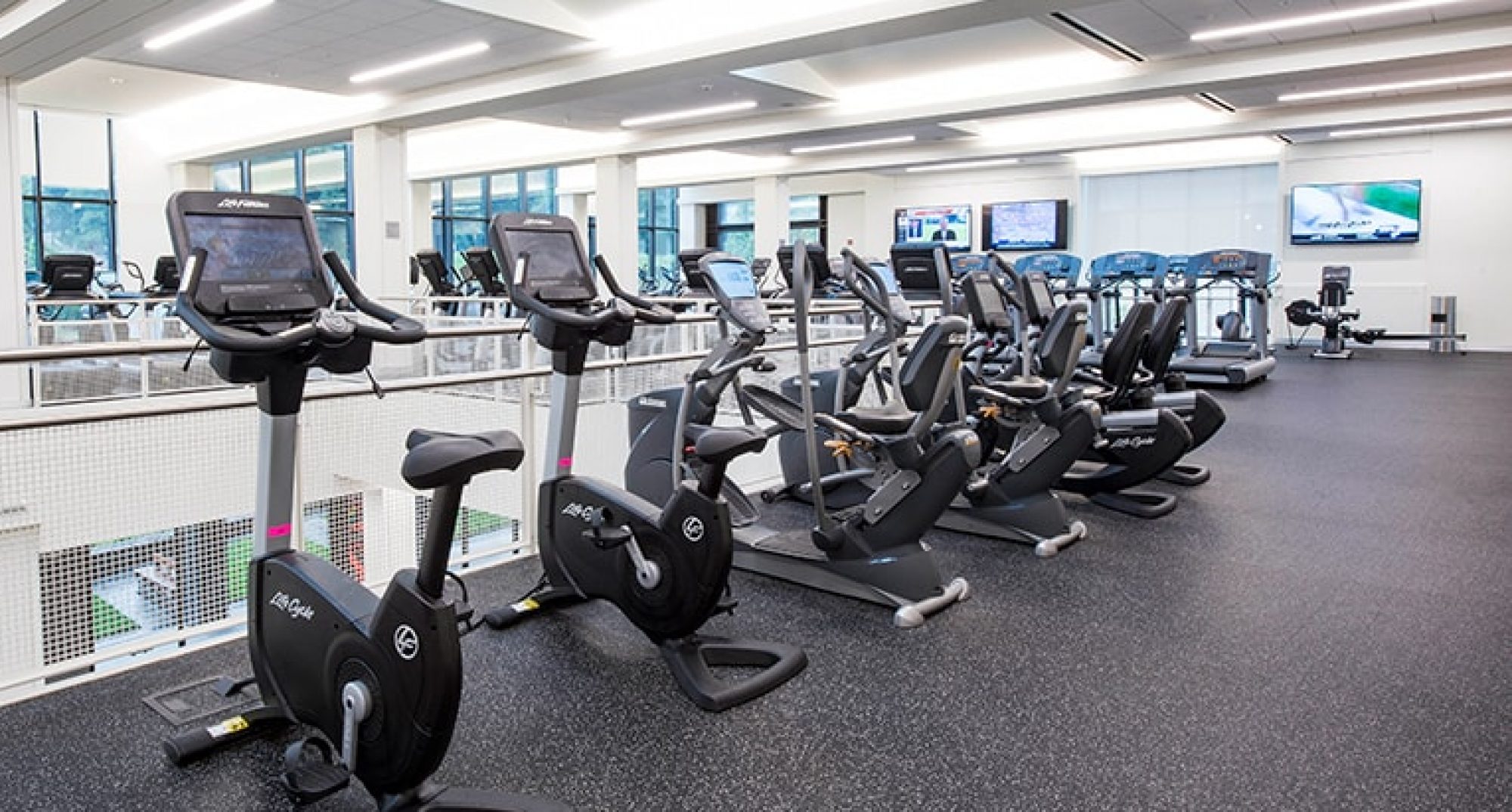This week I mainly focused on encasing and mounting options for our sensor module, specifically for our bike module. Prior to our final presentation, we were using a really crude method to prop up our module in order to avoid detecting the handle bar instead of the actual user.


So in order to improve our sensor positioning I developed a version of the case presented in last week’s report, adapted to the position in the pictures above. I utilized the center tray as the base for it and developed the following cases:




These cases were designed to be placed on top of the center tray from the bike and thus hinders our invasiveness goal sine it renders the tray useless for the user. However, this spot and method is the simplest way of mounting without redesigning the whole module or tampering with the dashboard. The case on the right is the first iteration which did not print smoothly on the corners on top evidenced by the curvature. In addition, this case is smaller and has a lower angle of elevation than the one on the right.
Nonetheless, after printing, I installed our module in both cases at the gym and adjusted the ADC reading based on threshold testing. This testing consisted of me standing upright at the very edge of the bike to see if I was detected or not, then riding the bike and tilting my body backwards in a way that would realistically mimic a user leaning back on the bike and observe how the module behaved. Clearly, we want the module to not detect a person standing behind the bike, but we want to be able to accurately detect a user on the bike even if he/she is leaning farther back than usual.
So after much trial and error I was able to determine a range of ADC values and test small variations in this value to ensure proper functioning of the system. I found that we had a lean-back vs out of range detection compromise. If we wanted to detect somebody leaning back we ran the risk of setting the threshold too low and detect a person standing at the very edge of the bike, while if we set the threshold too high we ran the risk of not detecting a user leaning back while guaranteeing a person standing at the edge was not. In light of this, I observed bike users in the gym and saw that most users leaned forward or stayed upright rather than lean back, So I decided to compromise a bit for the lean-back and focus on not detecting anybody at the edge.
With this in mind and as per the data tables and graphs we produced earlier on, I fixed the ADC reading threshold at a lower value from what was originally set for the treadmill in order to reduced the detection distance. In addition, I noticed that the larger case needed a lower threshold than the smaller one given the angle variations they had. Thus I also tested different heights of users in order to determine if the angle on the larger case was too high to accurately detect shorter users. Both cases, with different tuning, handled different heights satisfactorily (heights that are reasonable for users of the bike and heights that the manufacturer suggests, 4’9” to 6’5′).
With that out of the way I proceeded to perform the same tests and gym trials highlighted on the final presentation (document which highlights our unit testing – gym trials – and overall testing of the system – detection delay and accuracy). Our detection accuracy improved as expected, with pretty much only 1 trial failing under normal circumstances. Under extreme inclination (leaning back) the reading and detection was not stable and worked a little over half of the time, but this was to be expected as mentioned above. So we are betting that usage will not resemble this scenario and our detection threshold is appropriate.
Given that both cases performed similarly and better than the crude setup we had before the final presentation, it is now a matter of preference when it comes to choosing which model of the case to use. At the moment I am leaning towards using the larger angle one given that the smaller angle case is technically damaged. Thus if we choose to print the smaller one we would need 2 fresh prints whereas only 1 is needed for the larger angle one. This decision will save us time and costs. Nonetheless I believe our budget is still large enough to accommodate 2 fresh prints. so we will see.
So for next week we will perform more testing to see if either case has an edge, then fabricate them as part of our final system, and finally report our findings for the last set of deliverables we have for the upcoming week.
